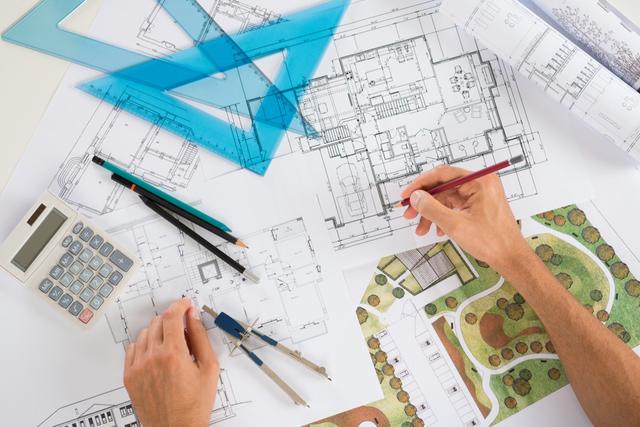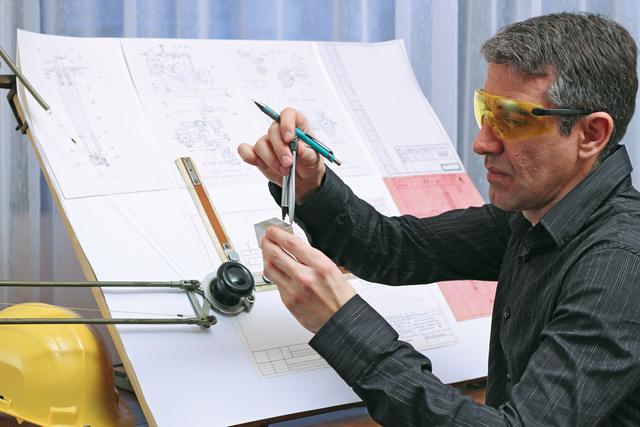Architecture

Overview
Architecture is a blend of technology and art. Architects plan and design buildings, other structures, and the spaces around them. In addition, many technicians are involved in the design processes and in the construction projects that eventually implement the designs.
Architecture is similar to engineering in that efficiency is an important element of architectural designs. A design needs to facilitate the kinds of activities that will take place in and around the structure, such as home life, manufacturing, education, retail sales, or sports events. In recent years, as energy efficiency has become increasingly important, new design techniques and materials have been lowering the continuing costs of heating, cooling, and lighting the completed structure. Architects and technicians also need to consider how their designs may achieve savings and reduce environmental impact through the appropriate selection of construction materials and methods.
Aesthetics are another important consideration in an architectural design. Clients expect that the appearance of the structure will be attractive and appropriate for its setting. The design may be based wholly or in part on certain historical traditions, perhaps to better blend in among nearby older buildings or to suggest the traditions associated with the activities for which the structure is intended. A competing aesthetic consideration is the principle that "form follows function," a rule that has become the guiding standard of the modernist movement since it was first articulated by the American architect Louis Sullivan around the turn of the 20th century. Designs may also achieve other visual effects; for example, Canadian-American Frank Gehry and Iraqi-born Zaha Hadid design buildings that look as if they are in motion.
Since buildings and other structures are centers of human activity, architectural designs need to ensure the health, safety, and security of the people who will spend time in and ...


















